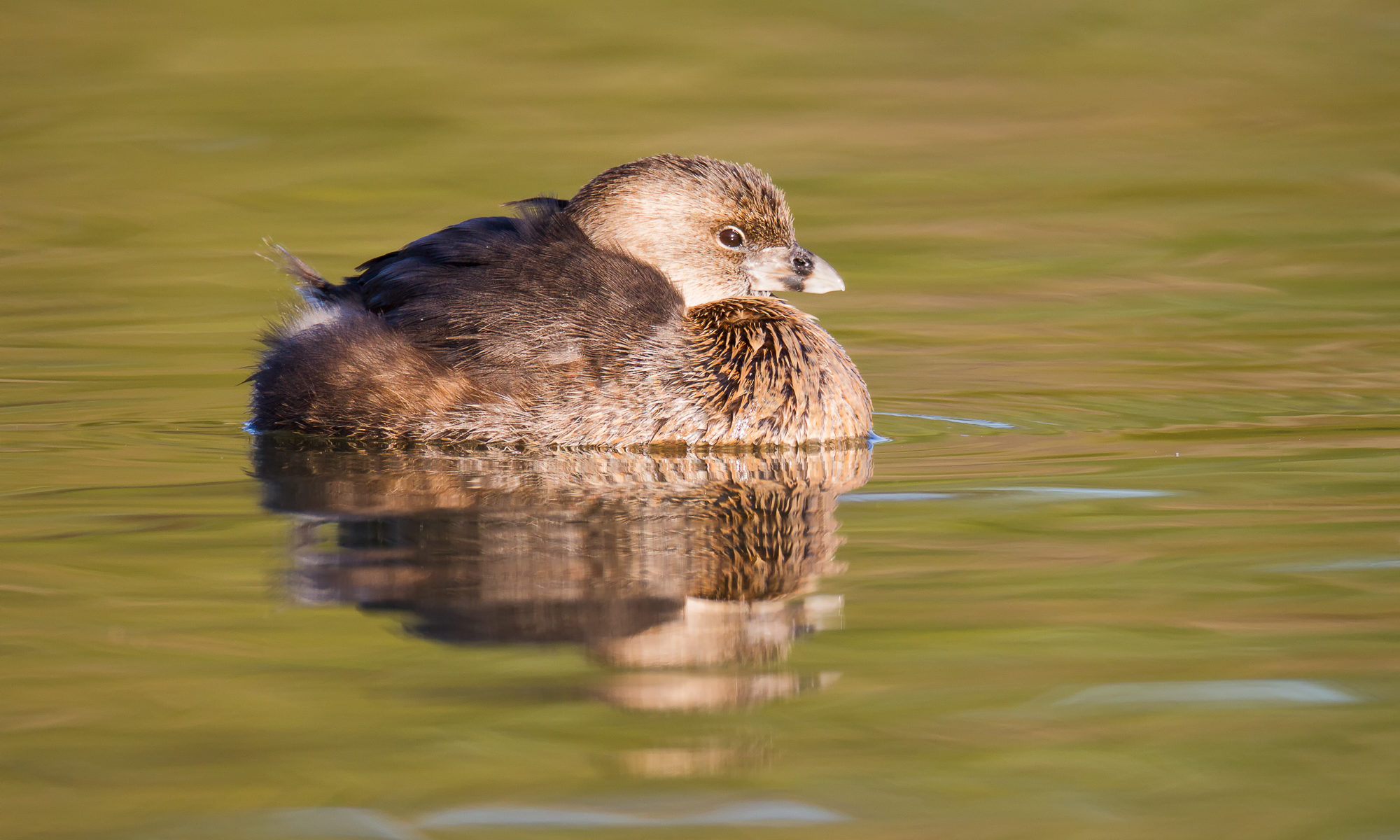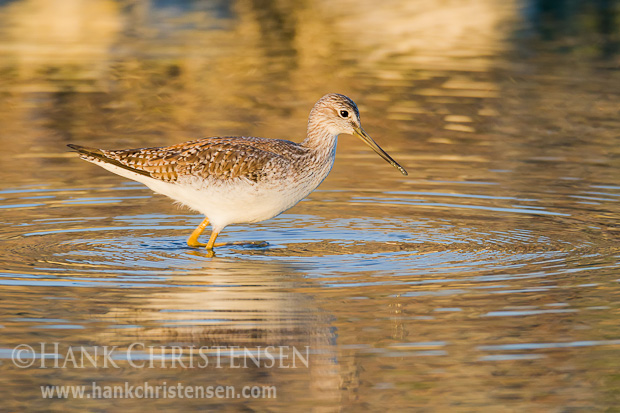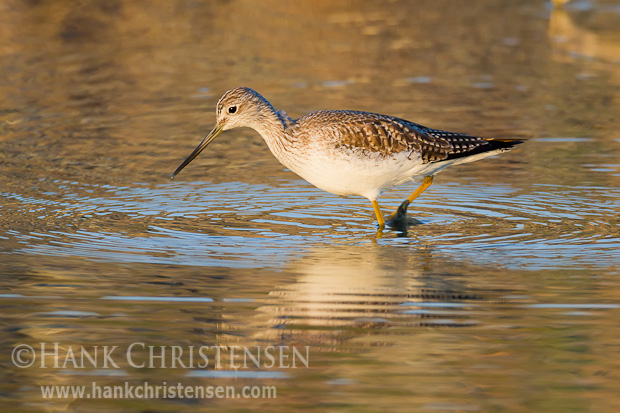Years ago, I wrote about how long lenses give the photographer the ability to completely change the background of the image they’re working on while still behind the camera. With a slight move left, right, up or down, you can change the angle of your shot, and sometimes change the background elements that appear behind your subject. Because long lenses help blur the background into solid colors, this can change the look and mood of your photo without changing the main subject.
I’m always looking for these opportunities while photographing wildlife. Photo editors constantly seek variety, so when I’m on a bird, I try to get as many poses, expressions, and backgrounds as possible. I think of it like an outdoor “studio” session, giving me the ability to come up with scene changes for my subject. (I still haven’t figured out how to do wardrobe changes, but that is a topic for another post!)
In the photos below, I first photographed the greater yellowlegs with the shoreline of a lake as the background. The background blurred to a nice tan-brown. I then changed my angle by swinging around to the left, and now the lake was behind the bird, coloring the background in a blue wash.

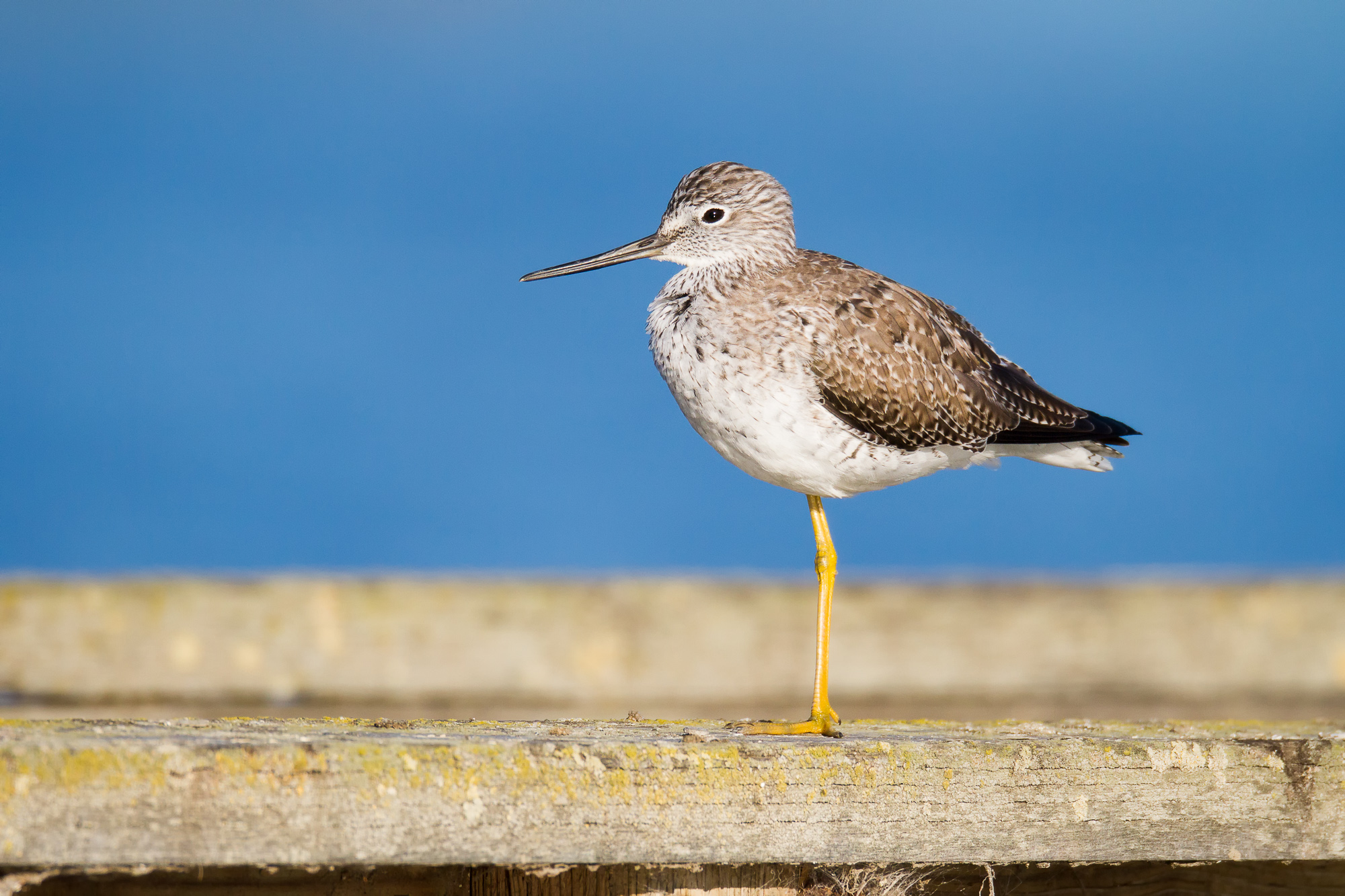
You can achieve similar color changes using reflection (and patience) as well. In the photos below, I didn’t change my position, but just waited for the bird to move instead. When I first photographed this pied-billed grebe, it was fishing and diving close to shore. The colors of the shoreline were reflected in the surface of the water, contributing dominant oranges to the photograph. I knew that this bird was likely to move away from the shore eventually, so I sat a waiting, hoping to capture that color variety. I didn’t have to wait long before this happened, with an added bonus of the grebe moving closer to me, filling my frame. The blue sky reflected off the water, giving the photo an entirely different look.

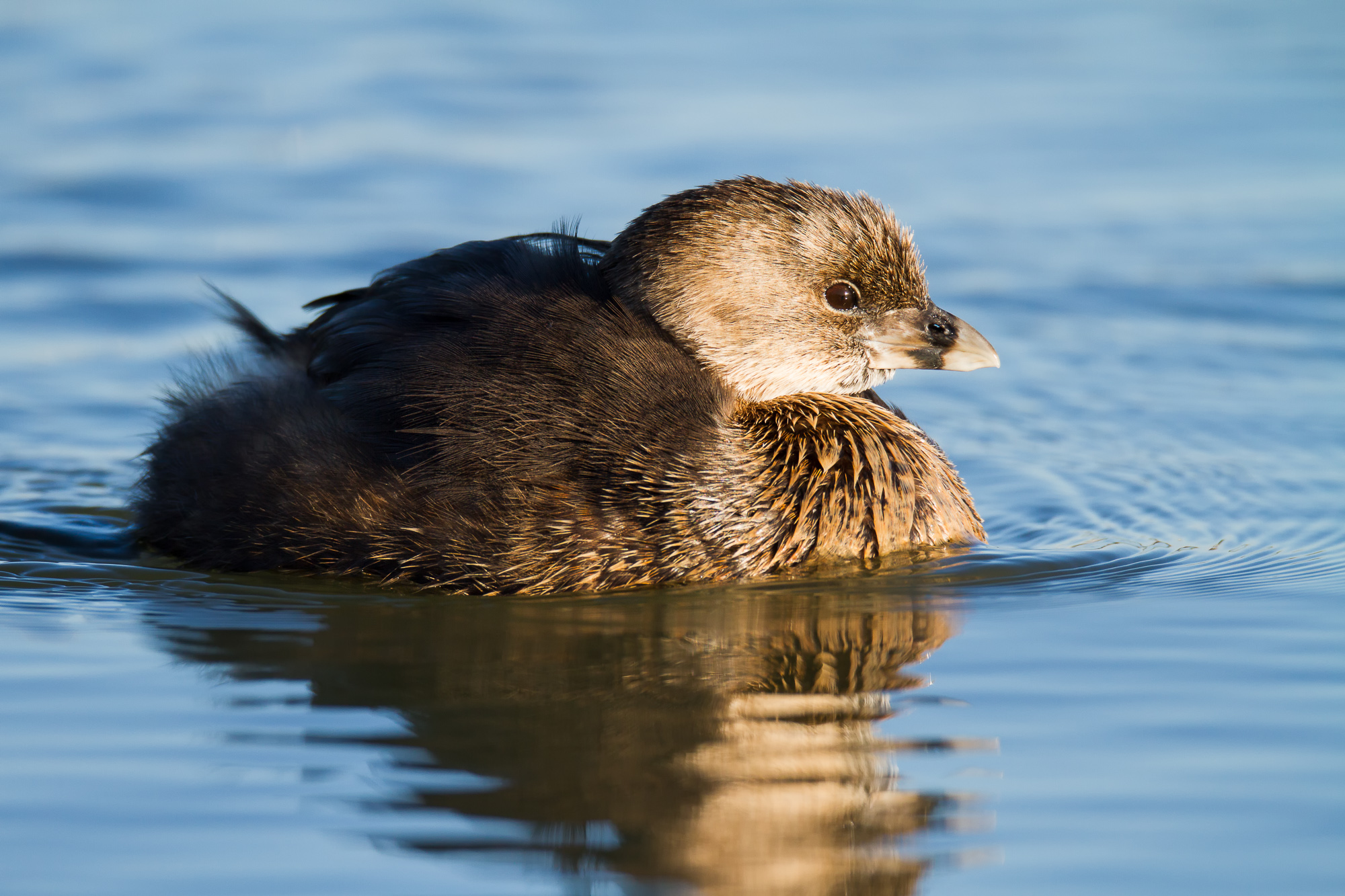
The next time you’re out photographing with a longer lens (depending on your subject, anything over 100mm can work well), think about trying different backgrounds with your subject. This works great on people pictures as well!

